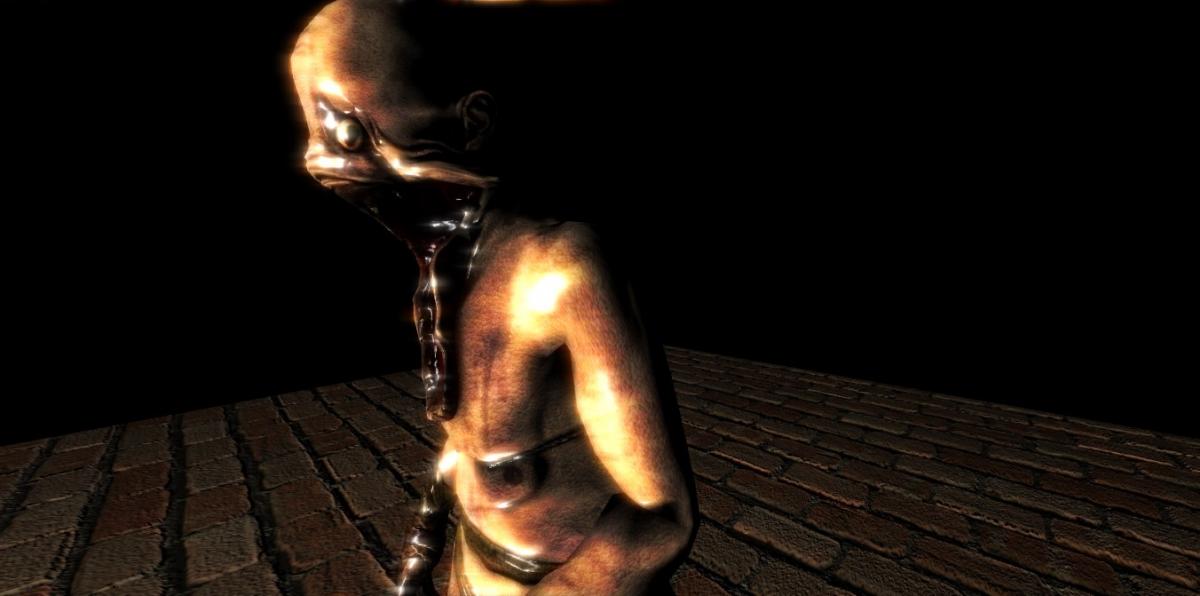Originally I was rendering normal scene and bloom scene to different render targets. Then I was applied the blur to bloom texture using a UI Bitmap Element. I figured it out it wasn't working the way it should.
So, I had to make multiple render targets:
1) Normal Scene with lights rendered.
2) Bloom Scene with threshold of 0.3
3) Blurred horizontal of the bloom scene
4) Blurred verticle of the bloom scene from previous horizontal blur.
5) Output the bloomed and blurred to final render target.
6) Render 2D Quad and disable depth buffer outputting the final bloom effect with combination of normal scene and bloomed scene together.
Viola we get this:

I rendered the scene with it's original size. The bloom scene and the blurred horizontal and vertical were both rendered as 256.0f then upsized to the original size of rendering window.
I believe if I step it up from 256.0 to 512.0 then full rendering window size - there should be a very nice gradual looking bloom effect.
Next ambitious step is to work with light shafts and head back to SSAO like I was working on earlier.



Hi there!
First of all, take my words with a grain of salt, because I'm only a hobbyist when it comes to rendering and shaders, but maybe this could help you out:
I don't know if you are using something similar, but check out how Monolith fine-control the glow effect in TRON 2.0:
http://http.developer.nvidia.com/GPUGems/gpugems_ch21.html
Instead of simply using a scalar threshold for a full-screen post-process, you could also use a texture for individual meshes, or a value per mesh, so that you can fully cancel out objects or parts of an object, and when needed "enhance" or "colorize" the glow effect.
Unreal engine also has some configurations and a so-called "Bloom Dirt Mask" to control the bloom effect:
https://docs.unrealengine.com/latest/INT/Engine/Rendering/PostProcessEffects/Bloom/index.html
Again, sorry if this is not really useful or if it leads to artifacts / bad quality, as I said I'm not an expert in the topic...
Br, cool pic!